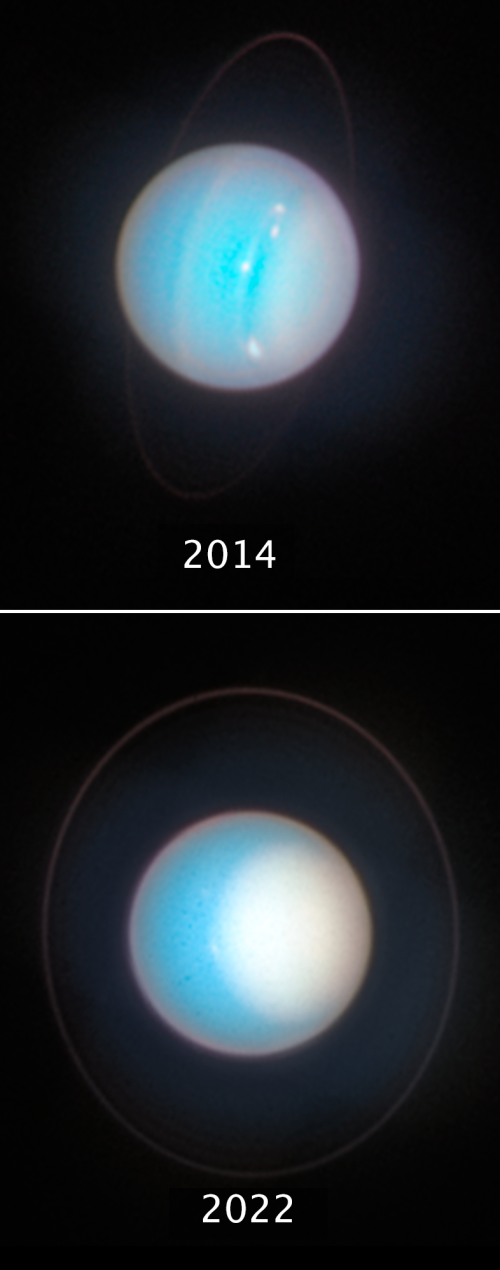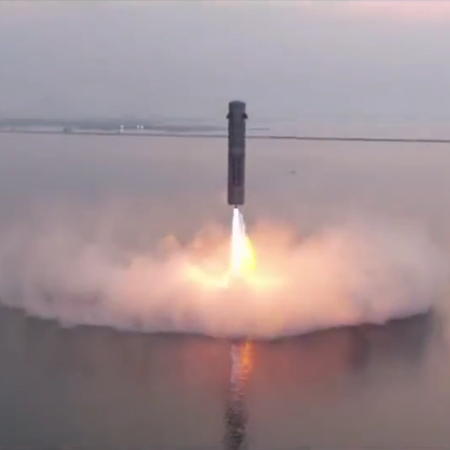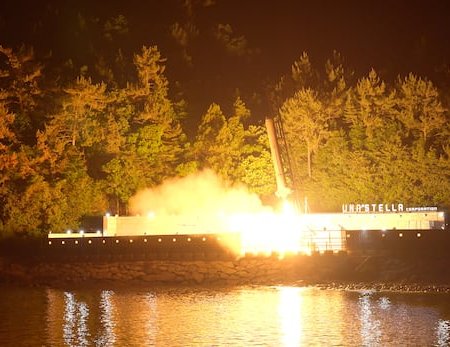Trump budget proposes putting a final end to the delayed and blocked Thirty Meter Telescope
There is a lot more to report, and I will do so in a day or so, but I thought it worthwhile to quickly note the the proposed science cuts in the proposed Trump budget for 2026 includes the elimination of all funds for Thirty Meter Telescope (TMT) in Hawaii.
In the budget request, NSF [National Science Foundation]… says it will back only one of the two $3 billion optical telescopes that the astrophysics community wants to build. That honor goes to the Giant Magellan Telescope already under construction in Chile. Its competitor, the Thirty Meter Telescope (TMT), “will not advance to the Final Design Phase and will not receive additional commitment of funds from NSF,” according to the budget request.
The NSF has never had enough money to finance both telescopes. The fact that TMT has been blocked for more than a decade by DEI protesters in Hawaii, with the aid of the state government (controlled entirely by Democrats), makes funding it pointless, and a waste of the taxpayers’ money. It long past time to pull the plug.
As I say, there is a lot more details to report in this budget proposal, including its effort to slash a lot of science government spending, but that will have to wait for later essays. I can promise you one thing, however: I will not do what the rest of the press does, and write a knee-jerk propaganda piece in support of that spending. The science mafia at NASA and the NSF and other agencies has funded a lot of junk in the last few decades. It is time for a reckoning.
There is a lot more to report, and I will do so in a day or so, but I thought it worthwhile to quickly note the the proposed science cuts in the proposed Trump budget for 2026 includes the elimination of all funds for Thirty Meter Telescope (TMT) in Hawaii.
In the budget request, NSF [National Science Foundation]… says it will back only one of the two $3 billion optical telescopes that the astrophysics community wants to build. That honor goes to the Giant Magellan Telescope already under construction in Chile. Its competitor, the Thirty Meter Telescope (TMT), “will not advance to the Final Design Phase and will not receive additional commitment of funds from NSF,” according to the budget request.
The NSF has never had enough money to finance both telescopes. The fact that TMT has been blocked for more than a decade by DEI protesters in Hawaii, with the aid of the state government (controlled entirely by Democrats), makes funding it pointless, and a waste of the taxpayers’ money. It long past time to pull the plug.
As I say, there is a lot more details to report in this budget proposal, including its effort to slash a lot of science government spending, but that will have to wait for later essays. I can promise you one thing, however: I will not do what the rest of the press does, and write a knee-jerk propaganda piece in support of that spending. The science mafia at NASA and the NSF and other agencies has funded a lot of junk in the last few decades. It is time for a reckoning.















